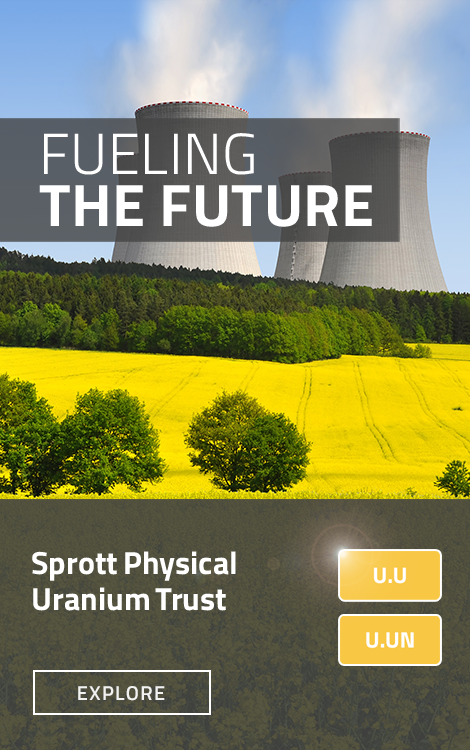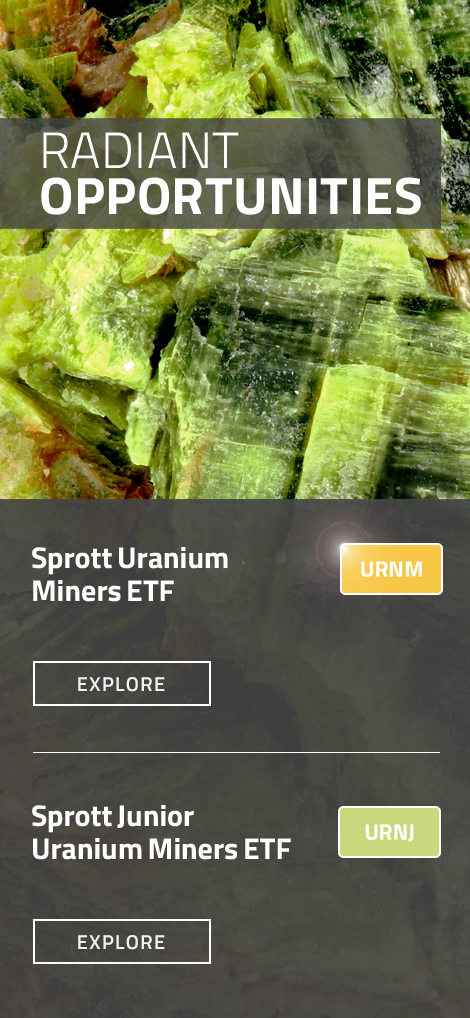President Donald Trump signed a series of executive orders on May 23, 2025, to accelerate the deployment of advanced nuclear energy technologies in the U.S. These orders direct federal agencies to fast-track the construction and testing of next-generation nuclear reactors to bolster national security and critical infrastructure. Trump mandated that the Nuclear Regulatory Commission (NRC) streamline its licensing process, requiring decisions on new reactor applications within 18 months and encouraging the adoption of science-based safety standards. The orders also promote domestic uranium mining and enrichment, support nuclear fuel recycling, and seek to enhance U.S. nuclear exports and competitiveness abroad. Together, these actions have the potential to quadruple U.S. nuclear energy capacity by 2050, reduce reliance on foreign technologies and position nuclear power as a cornerstone of both energy policy and national security strategy.1
Video Transcript
It’s Friday, May 23, and uranium miners are on the move. Here are three things to know:
Reuters reported on Thursday evening that President Trump will sign executive orders as soon as today to jumpstart the nuclear energy industry. The orders are aimed at easing the regulatory process on approvals for new reactors and strengthening fuel supply chains. According to Reuters, a draft summary of the orders said President Trump will declare a national emergency over U.S. dependence on Russia and China for enriched uranium, nuclear fuel processing and advanced reactor inputs. According to reports, the orders will also direct the Departments of Energy and Defense to identify federal land and facilities for nuclear deployment and streamline construction processes and encourage the Department of Energy to use direct loans and loan guarantees to increase reactor construction.
The House passed President Trump’s budget bill on Thursday, which is being viewed as a win for nuclear energy. While some tax incentives of the Inflation Reduction Act will see increased restrictions under the bill, nuclear energy will continue to qualify for production tax credits so long as projects start construction by 2031. Also, the nuclear industry would be the only sector allowed to transfer tax breaks to third parties. Other provisions of the bill are focused on turbocharging the development of critical materials, streamlining permitting processes, and promoting an all-of-the-above energy policy. As the bill heads to the Senate, it’s worth noting that nuclear energy has enjoyed bipartisan support in recent years.
Having returned about 7% in the last 3 months, spot uranium may be positioned to move higher, backed by strong supply and demand fundamentals, steady demand, and by avoiding tariff-related disturbances. In our view, improving nuclear sentiment in Europe and the continued approval of nuclear projects in China and India are supportive of durable demand for uranium. We believe uranium miners are well positioned to benefit from the continued improvement of uranium’s economic fundamentals and the global government support for nuclear energy.
Footnotes
| 1 | Source: Fact Sheet, President Donald J. Trump Deploys Advanced Nuclear Reactor Technologies for National Security. |
Investment Risks and Important Disclosure
Relative to other sectors, precious metals and natural resources investments have higher headline risk and are more sensitive to changes in economic data, political or regulatory events, and underlying commodity price fluctuations. Risks related to extraction, storage and liquidity should also be considered.
Gold and precious metals are referred to with terms of art like "store of value," "safe haven" and "safe asset." These terms should not be construed to guarantee any form of investment safety. While “safe” assets like gold, Treasuries, money market funds and cash generally do not carry a high risk of loss relative to other asset classes, any asset may lose value, which may involve the complete loss of invested principal.
Past performance is no guarantee of future results. You cannot invest directly in an index. Investments, commentary and opinions are unique and may not be reflective of any other Sprott entity or affiliate. Forward-looking language should not be construed as predictive. While third-party sources are believed to be reliable, Sprott makes no guarantee as to their accuracy or timeliness. This information does not constitute an offer or solicitation and may not be relied upon or considered to be the rendering of tax, legal, accounting or professional advice.



